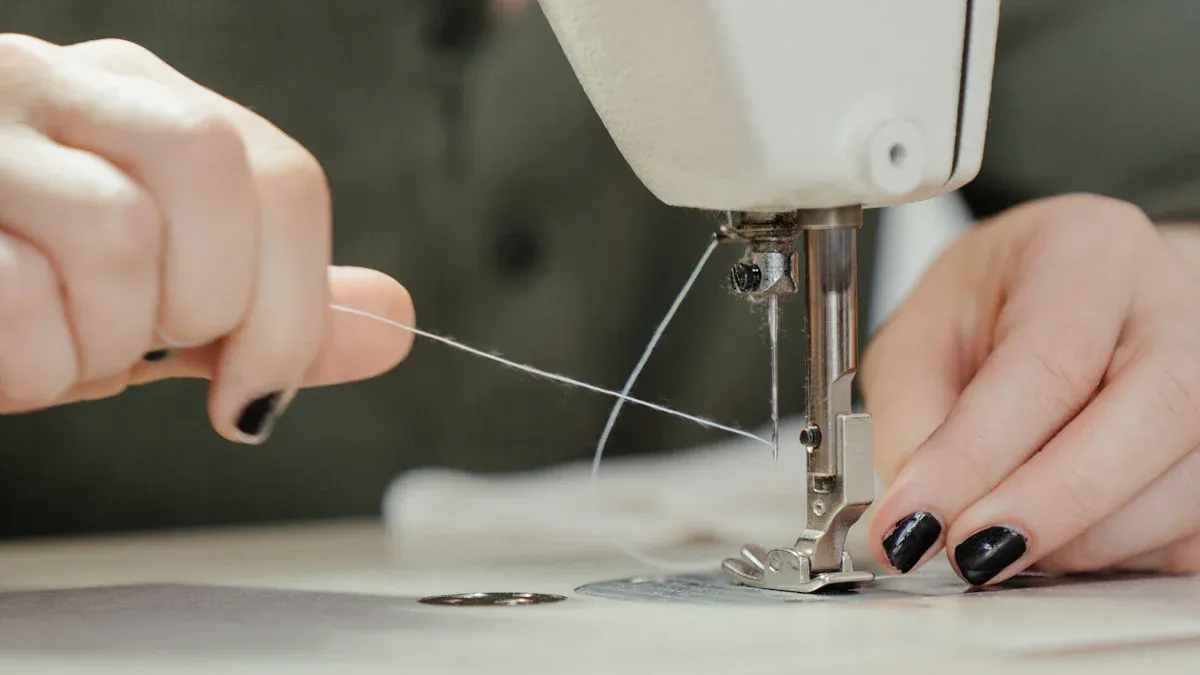
Elastic woven tape transforms my crafting experience. Its flexibility and durability make it an essential material for many projects. I appreciate how easy it is to use, available in various widths and colors. This tape not only enhances comfort in clothing but also adds a professional touch to home decor.
Key Takeaways
- Elastic woven tape enhances comfort and style in clothing, making it ideal for sportswear and baby clothing.
- Use elastic woven tape in home decor projects for a tailored look, such as custom curtains and decorative pillows.
- Choosing the right width of elastic woven tape is crucial; wider tape offers better support for heavier fabrics.
Suitable Projects for ELASTIC WOVEN TAPE
I often find myself reaching for elastic woven tape when working on clothing and accessories. This versatile material enhances both functionality and aesthetics in various garments. For instance, I love using it in sportswear, where it enhances mobility while maintaining style and support. The gentle stretch of elastic woven tape makes it perfect for baby clothing, ensuring comfort for sensitive skin.
Here’s a quick overview of the types of clothing and accessories that frequently incorporate elastic woven tape:
| Type of Clothing/Accessory | Description |
|---|---|
| Sportswear | Enhances mobility while maintaining style and support. |
| Baby Clothing | Provides gentle stretch and comfort for sensitive skin. |
| Lingerie | Combines appearance and comfort with decorative elastic. |
| Dancewear | Allows for flexibility and style in movement. |
| Hair Accessories | Used in hair ties and headbands for comfort and security. |
High-quality elastic woven tape is increasingly favored in fashion due to its unique properties. It serves various practical purposes, like shoulder strap adjustments and waist decorations, while also enhancing the overall aesthetic appeal of clothing items. I appreciate how it can transform a simple design into something more polished and professional.
Home Decor Items
Elastic woven tape also shines in home decor projects. I often use it to create custom curtains or cushion covers. The elasticity allows for a snug fit, ensuring that my creations look tailored and neat. I find that it works wonderfully for securing fabric in place, especially when making slipcovers or decorative pillows.
Additionally, I enjoy using elastic woven tape for wall hangings. It adds a unique touch to my designs, allowing me to create pieces that are both functional and visually appealing. The variety of colors available means I can match the tape to any decor theme, making it a staple in my crafting toolkit.
Gift Wrapping and Packaging
When it comes to gift wrapping, elastic woven tape is a game changer. I love how it adds a special touch to my packages. Instead of traditional ribbons, I often use elastic woven tape to create bows or secure wrapping paper. This not only looks stylish but also ensures that the wrapping stays intact, even if the gift is handled roughly.
I also use elastic woven tape for packaging homemade treats or crafts. It provides a secure closure while adding a decorative element. The elasticity allows me to adjust the tightness, ensuring that my packages look neat and professional.
Techniques for Using ELASTIC WOVEN TAPE
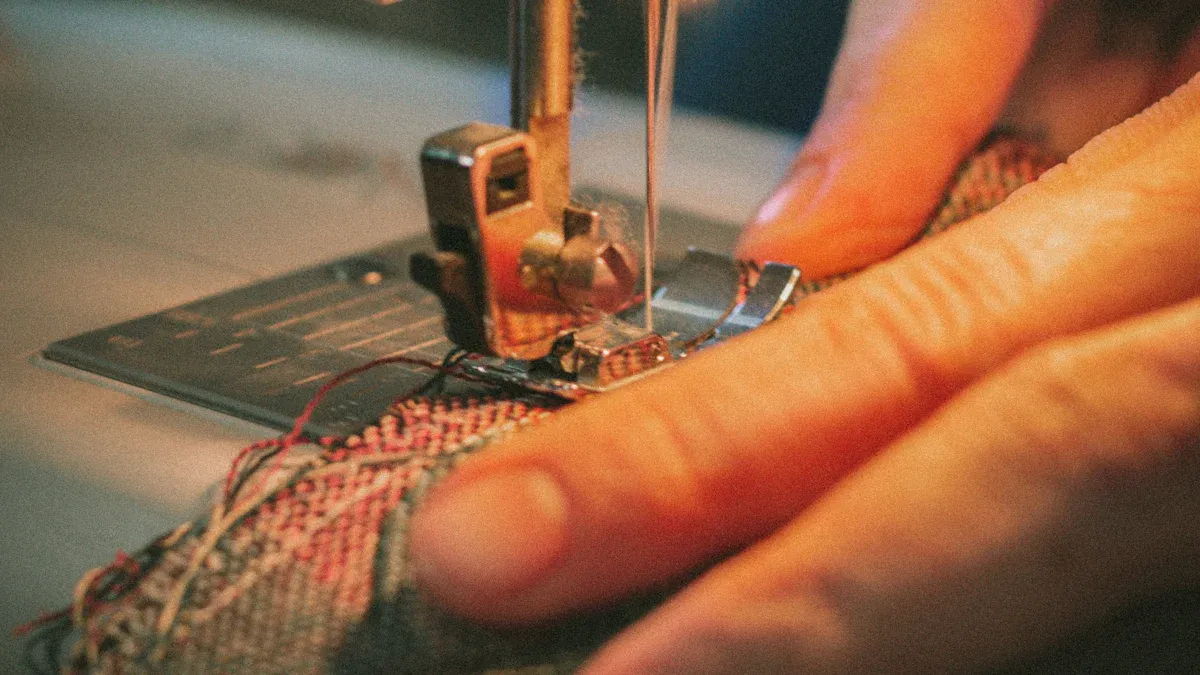
Sewing with ELASTIC WOVEN TAPE
Sewing with elastic woven tape can elevate your projects significantly. I often follow specific techniques to ensure a professional finish. Here’s how I approach it:
- Preparation: I always select the appropriate width and length of elastic based on the garment design. For waistbands, I prefer wider elastics for better support.
- Cutting: I cut the elastic 2-3 inches shorter than the waist measurement. This snug fit ensures comfort and functionality.
- Even Distribution: To avoid gathering, I use pins or clips to evenly distribute the elastic along the fabric.
- Stitch Selection: A zigzag stitch works best for sewing elastic to fabric. This stitch allows for stretch without risking thread breakage.
- Attaching Methods: I can sew the elastic directly, encase it in a tunnel, or use it as a design element. Direct sewing is quick, while casing offers a polished look.
- Joining Ends: When I need to join the ends of the elastic, I overlap them and use a zigzag stitch for a secure join.
These techniques help me achieve a clean and functional finish in my sewing projects.
Gluing and Adhesive Methods
When I want to attach elastic woven tape without sewing, I turn to adhesives. Different types of adhesives provide varying strengths and applications. Here’s a quick overview of the best options:
| Adhesive Type | Properties | Suitable Applications |
|---|---|---|
| Hot Melt Adhesives | Solid adhesives that bond by heating and solidify quickly. | Seamless clothing, elastic fabrics |
| Water-based Adhesives | Environmentally friendly, low VOC emissions. | Home textiles, daily clothing |
| Solvent-based Adhesives | Strong viscosity, suitable for special functional textiles. | Waterproof and fireproof fabrics |
| Acrylic Adhesives | Transparent, flexible, and washable. | Surface decoration and printing bonding |
| Silicone Adhesives | High temperature resistance and good elasticity. | Fireproof clothing, protective clothing |
I find that hot melt adhesives work exceptionally well for seamless clothing. They bond quickly and provide a strong hold. Water-based adhesives are great for home textiles, as they are safe for the environment. Each adhesive type has its unique properties, making it essential to choose the right one for your project.
Combining with Other Materials
Combining elastic woven tape with other materials opens up a world of creative possibilities. I often pair it with fabrics, ribbons, or even leather to enhance my projects. The key is to ensure compatibility between materials. Here are some tips I follow:
- Fabric Compatibility: I always check that the fabric I’m using can stretch along with the elastic woven tape. This ensures that the final product maintains its shape and functionality.
- Layering: When layering materials, I make sure to secure the elastic woven tape properly. This prevents any shifting during use.
- Design Elements: I love using elastic woven tape as a decorative element. It can add a pop of color or texture to my projects, making them stand out.
By experimenting with different combinations, I can create unique and functional designs that showcase the versatility of elastic woven tape.
Tips for Best Results with ELASTIC WOVEN TAPE
Choosing the Right Tape Width
Selecting the appropriate width of elastic woven tape is crucial for achieving the desired results in your projects. I consider several factors when making this choice:
| Factor | Description |
|---|---|
| Type of Garment or Application | Reflects the end-use requirements, whether for clothing, accessories, or medical items. |
| Fabric Weight and Stretch | Lighter fabrics require narrower elastics, while heavier fabrics need wider elastics for support. |
| Level of Tension Needed | High-tension garments benefit from wider elastic, while low-tension applications prefer narrower options. |
| Aesthetic Considerations | Avoid elastics that create bulk or distortion on the garment’s surface. |
I’ve found that wider elastics (1 inch minimum) maintain performance through approximately 30% more stretch cycles before deformation occurs. This longevity is especially important for heavyweight fabrics, where increasing the width can improve durability by about 40%.
Prepping Your Materials
Before I start any project, I always prep my materials thoroughly. This step ensures that everything works harmoniously. I make sure to wash and dry my fabrics to pre-shrink them. I also cut the elastic woven tape to the desired length, allowing for adjustments. Proper preparation minimizes issues during the crafting process.
Testing Before Final Application
Testing is a vital step before applying elastic woven tape to my projects. I often use various testing methods to ensure the tape performs as expected. Here’s a quick overview of some recommended methods:
| Testing Method | Description |
|---|---|
| ASTM D2594-2004 | Standard test method for stretch properties of knitted fabrics having low power. |
| ASTM D3107-1980 | Standard test method for stretch properties of fabrics woven from stretch yarns. |
| ASTM D6614-2007 | Standard test method for stretch properties of textile fabrics – CRE method. |
| BS 4952–1992 | Methods of test for elastic fabrics. |
I also pay attention to specific factors like elongation at load and recovery after load. These tests help me understand how the elastic woven tape will behave under stress, ensuring my projects stand the test of time.
Troubleshooting Common Issues with ELASTIC WOVEN TAPE
Fixing Stretch and Fit Problems
I often encounter stretch and fit issues when working with elastic woven tape. To address these challenges, I follow several effective strategies:
- Gently stretch the elastic while sewing to avoid excessive pulling.
- Pin or quarter-mark the elastic and fabric for even spacing.
- Use a zigzag stitch to allow for movement and prevent puckering.
- Check and adjust stitch tension as needed.
When I use plush-back elastic, I ensure the soft side faces the skin. This enhances comfort. I pin the elastic in place with right sides together and sew with a zigzag stitch while stretching slightly. Flipping the elastic to the inside and topstitching with a 3-step zigzag creates a strong and flat finish.
Addressing Adhesive Failures
Adhesive failures can be frustrating. I’ve learned that proper surface preparation is crucial. I clean surfaces thoroughly to remove oils and moisture. Even a small amount of residue can sabotage the bond. Choosing the right adhesive also matters. I prefer lower-viscosity glues for technical fabrics to reduce ‘stringing’ and improve penetration.
I apply adhesives at the recommended temperatures for optimal flow and bonding. Consistent pressure during curing prevents weak spots. Environmental factors like high humidity can weaken bonds, so I keep an eye on conditions.
Managing Fabric Compatibility
Fabric type significantly influences the performance of elastic woven tape. Here’s a quick overview of how different fabrics interact with the tape:
| Fabric Type | Key Properties | Applications |
|---|---|---|
| Polyester | Strength, durability, resistance to shrinking | Wide range of applications |
| Spandex | Exceptional stretchability, returns to original shape | Clothing, sportswear |
| Rubber | Provides stretch and recovery, but may degrade over time | Short-term applications |
| Cotton | Softness, breathability, enhances comfort | Medical goods, undergarments |
I always ensure that the fabric I choose complements the elastic woven tape. This compatibility ensures that my projects maintain their intended functionality and appearance.
Elastic woven tape proves its versatility across various crafting projects. I encourage you to explore its potential in your creations. Whether you’re sewing clothing or enhancing home decor, the possibilities are endless. Share your experiences and tips with me; I’d love to hear how you use this fantastic material!
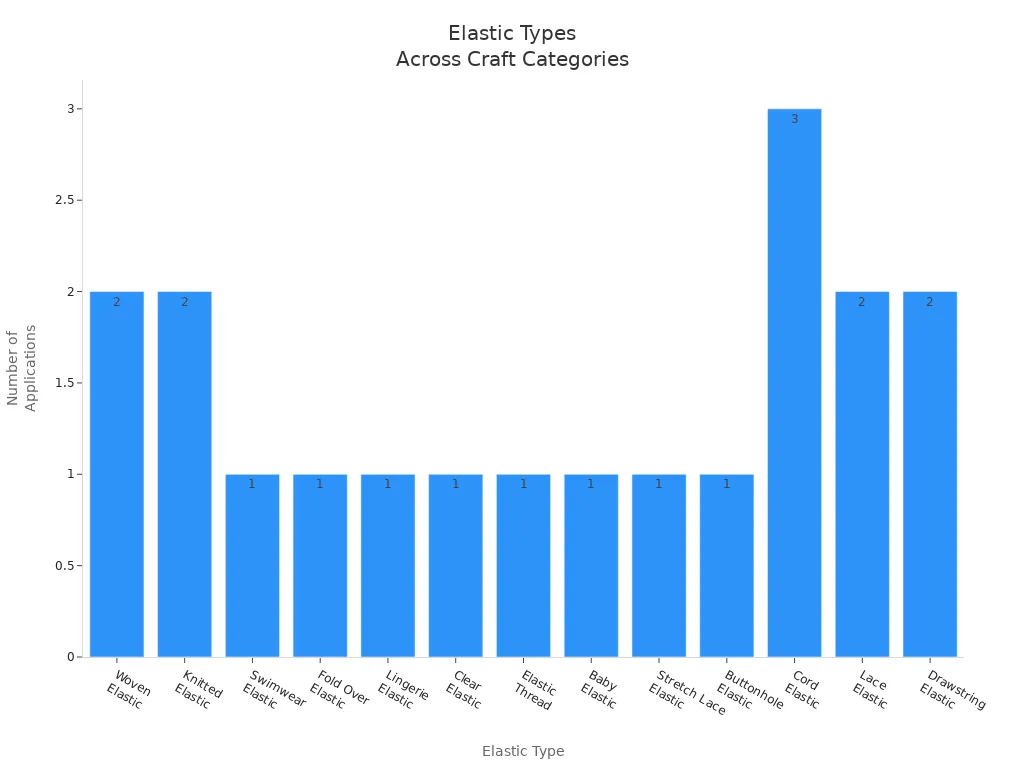
FAQ
What types of projects can I use elastic woven tape for?
I use elastic woven tape for clothing, home decor, and gift wrapping. Its versatility makes it suitable for various crafting projects.
How do I choose the right adhesive for elastic woven tape?
I select adhesives based on the materials I use. Hot melt works well for seamless clothing, while water-based adhesives suit home textiles.
Can I wash items made with elastic woven tape?
Yes! I wash items made with elastic woven tape. Just follow the care instructions for the fabric and adhesive used.
Post time: Oct-10-2025

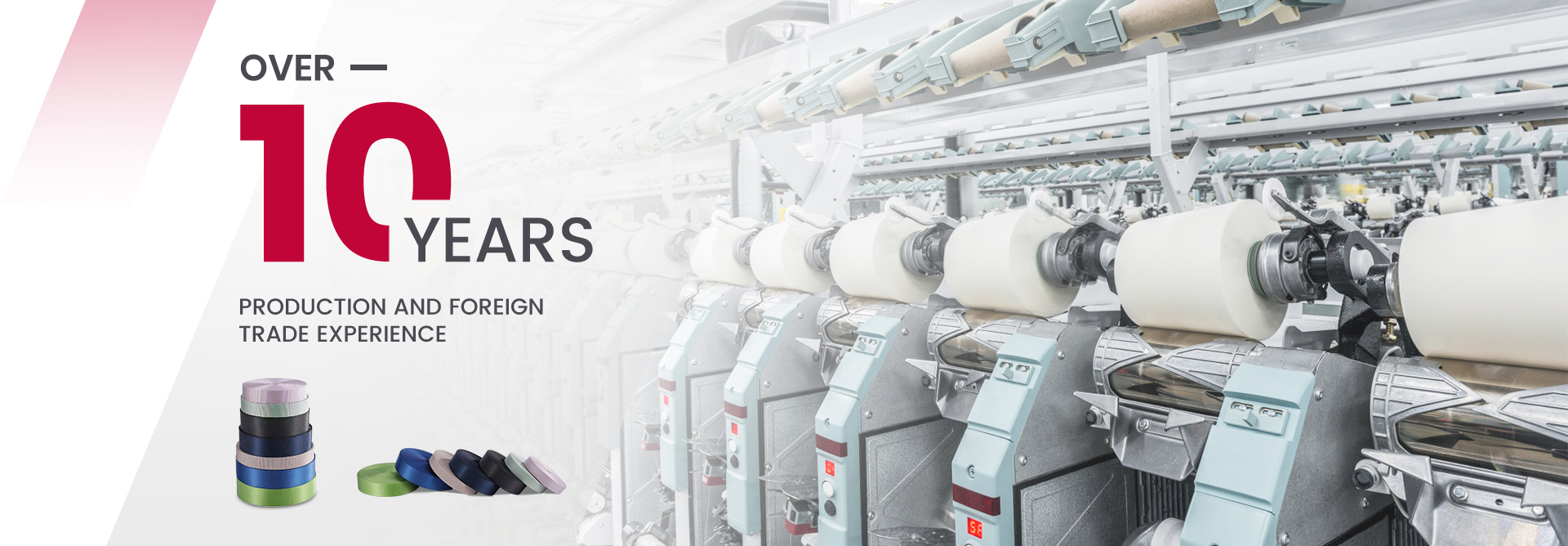
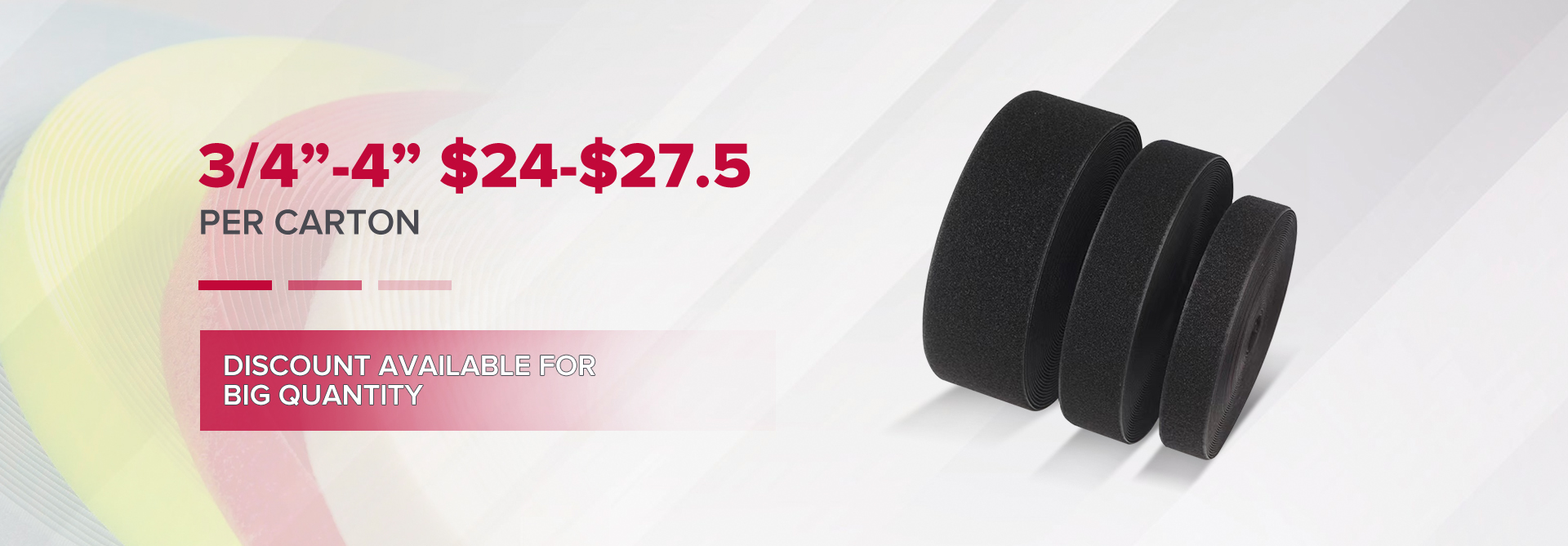
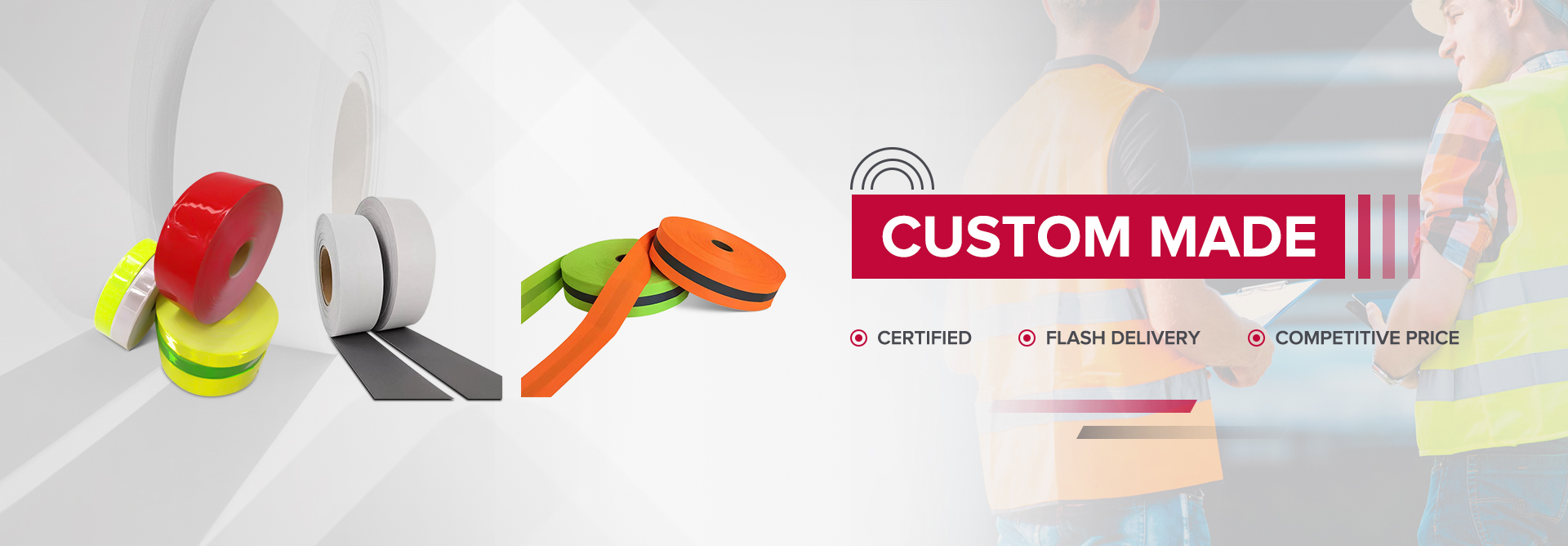
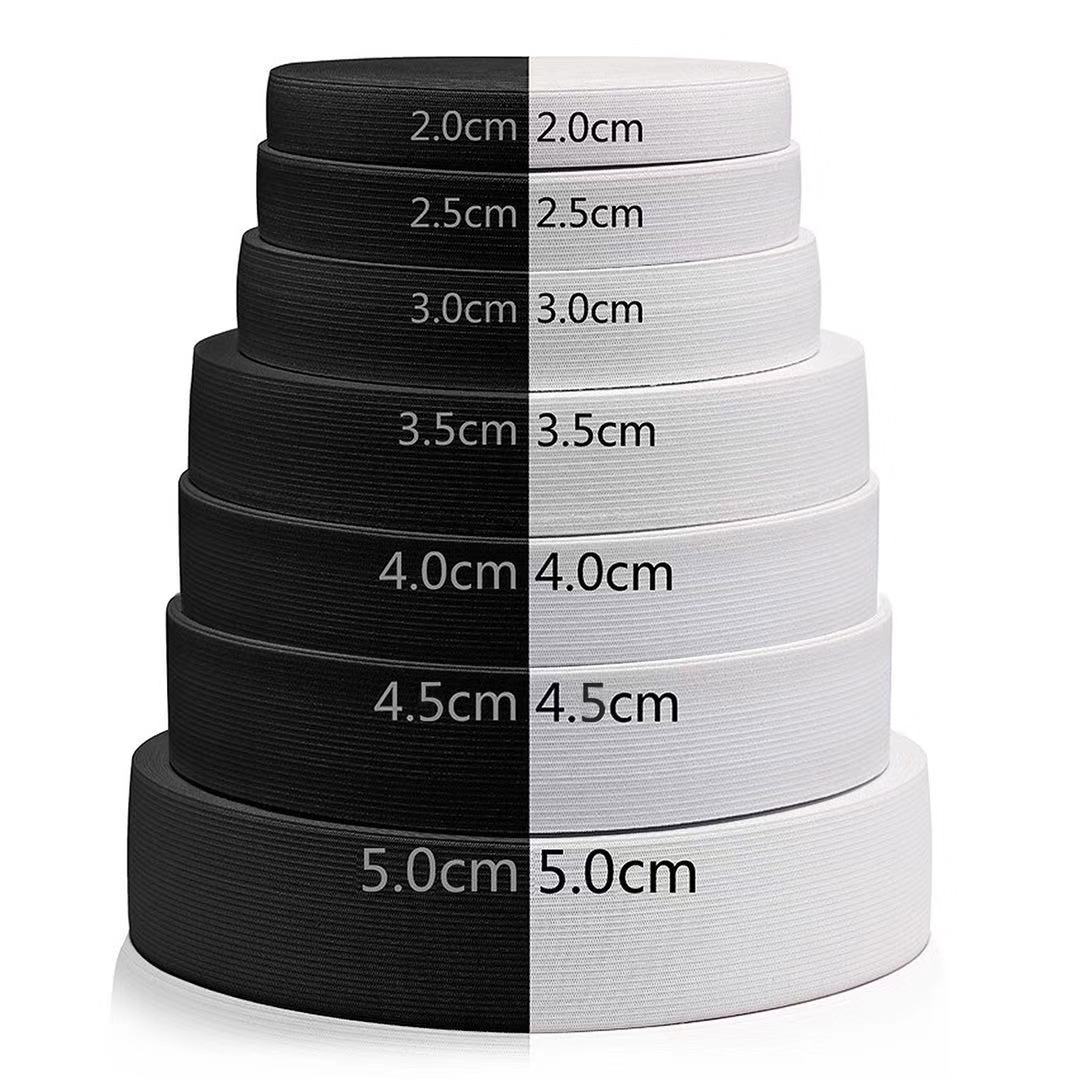
.jpg)